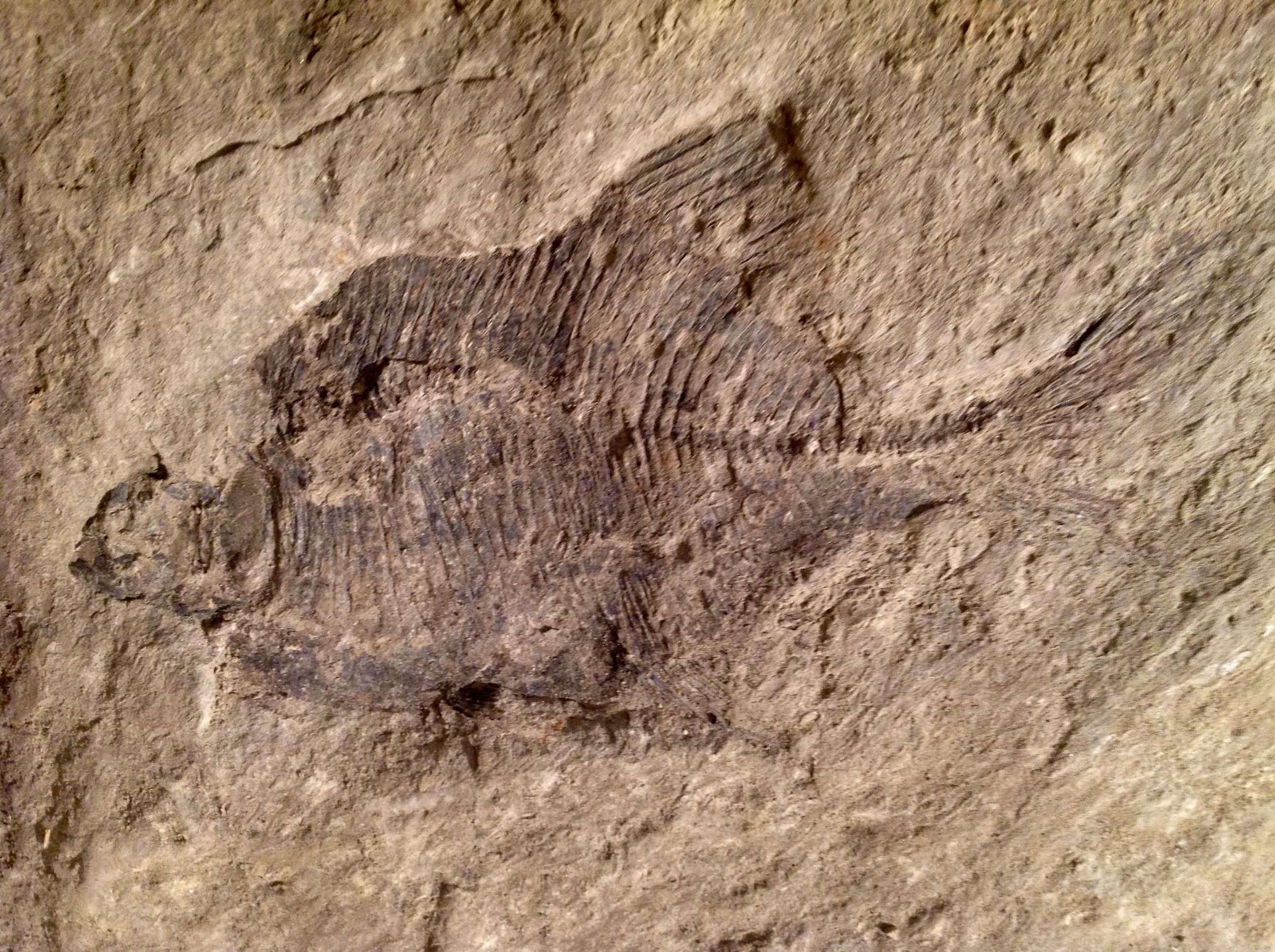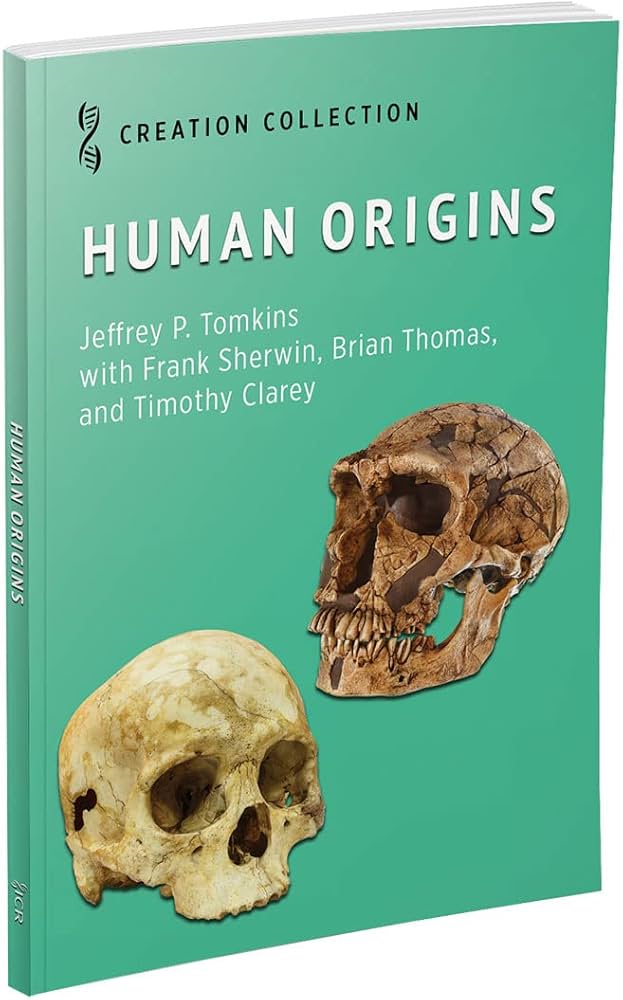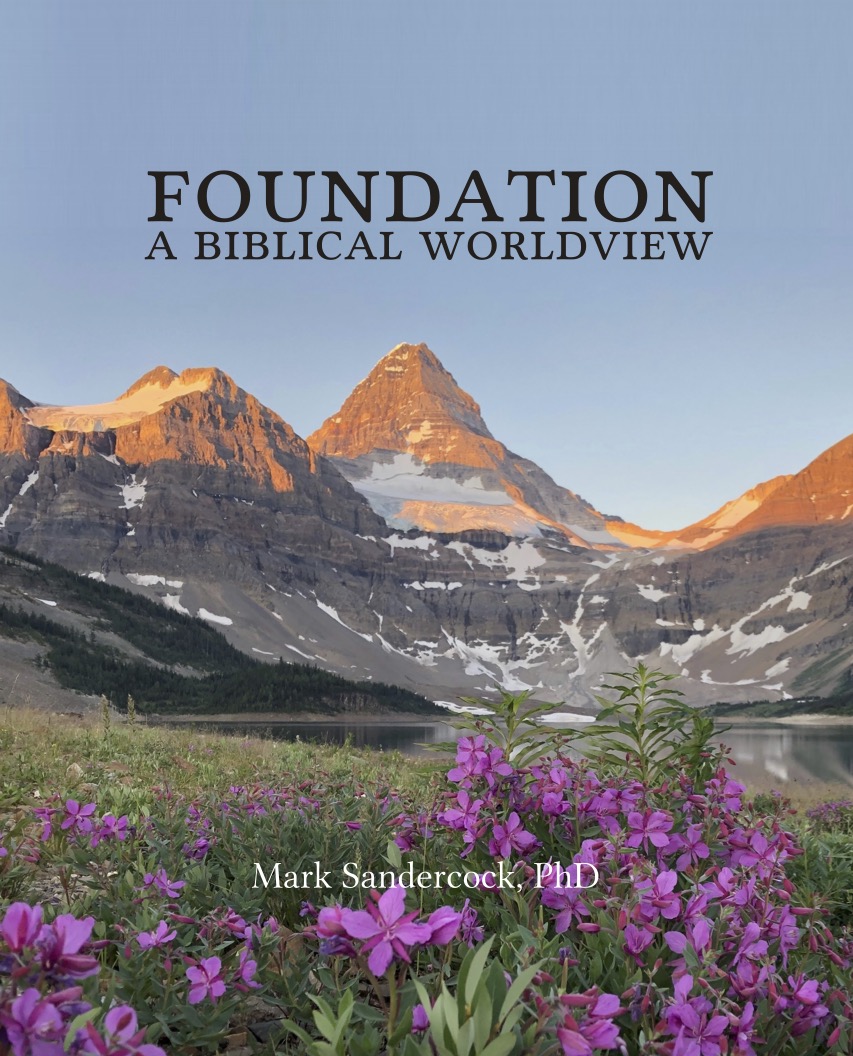Articles » Dinosaurs
It’s not hard to imagine the scene. A lush forest crowds the shores of a glittering lake. Chicken-sized birds perch on tree branches or fly ponderously over the lake. Smaller birds also perch or flit joyously hither and thither through the sky. A frisky bipedal (runs on two feet) dinosaur pursues its own agenda in the adjacent woods. One consumes a small sharp-toothed little mammal, perhaps a type of rodent. Insects buzz lazily over the lake while fish and various tiny crustaceans lurk in the watery depths. It all seems so placid. What could mar this moment? Read the rest of this entry »
Have you ever wished that you could rewrite an event in your life? It happens to all of us once in a while, of course. However the results are a little worse when something has been published. It’s harder to imagine that the event never happened. Thus it was in 1999 that some palaeontologists positioned themselves far out on a limb (metaphorically speaking), and in early 2000 somebody cut the branch off. Oooops…… Read the rest of this entry »
A tiny news item caught my eye: “Creature liberated from oilsands” (Edmonton Journal November 4, 2000 G1). Apparently a rare marine fossil was found earlier this year near Fort McMurray. The oilsands are making quite a name for themselves as a source of fossils. Besides unfossilized remains of trees, excavators have turned up nine marine reptiles, mostly plesiosaurs, from the oilsands. One of the earlier specimens, like the recent find, was identified as an ichthyosaur. Read the rest of this entry »
Have you heard the sad story of the dinosaurs that succumbed to a watery catastrophe? Most young people in our province have heard the story of the Centrosaurus herd in Dinosaur Provincial Park. No doubt it would take quite some force to sweep huge, four-footed horned dinosaurs off their feet. The Centrosaurus dinosaurs of Alberta were only moderately large compared to some other horned designs such as Triceratops. Centrosaurus, for their part, were about 5 m (16 ft) long and perhaps 2.5 m (8 ft) tall. But they were certainly chunky and heavy. Read the rest of this entry »
In Nova Scotia, as elsewhere in the Maritimes, we discover that fossils are an exciting part of the landscape. Not the least of our discoveries are the dinosaurs of Parrsboro. Dinosaurs?? We thought western Canada had exclusive claim to such Canadian artifacts. Not quite. West of Truro, along the north shore of the Minas Basin, we find the touristy town of Parrsboro. The scenery is beautiful, with blueberry crops growing on local hummocky hills. Furthermore the beaches along this stretch of coast are famous for fossils, dinosaur fossils to be specific. Read the rest of this entry »
Have you ever tried to imagine what a world without grasses would look like? The scenery might well be pretty bleak. Scientists have long declared that there were no grasses present in dinosaur communities. The plant-eating dinosaurs had to make do, we have been assured, with cycads, ferns, horsetails and trees of flowering plants such as palms and magnolias. Read the rest of this entry »
Although they may have been a little slow on their feet, it seems safe to say that horned dinosaurs represent a flamboyant and fun group to discuss. Read the rest of this entry »
We don’t often think that extinct animals might have been examples of wonderful design, but they were! Even if we did reflect on extinct animals which were particularly well designed, we probably would not choose sauropod dinosaurs for that special category. Sauropod dinosaurs, you may remember, were the large plodding, four-footed specimens with long necks and long tails. They were probably the largest animals ever to have lived on land. They all grazed on plants. This was no doubt a good thing, since they probably were too slow to catch anything. So, you may well ask, what could be so special about these awkward looking creatures? Plenty! Read the rest of this entry »
“Beyond the Bare Bones” is the theme of CSAA’s Creation Weekend October 15 and 16, 2010 with palaeontologist Dr. Marcus Ross. All the events will take place at Mill Woods Assembly, 66 Street and 23 Avenue in Edmonton. Read the rest of this entry »
Imagine a dinosaur being swept far out to sea. It might seem like a crazy idea, but it appears that such an event happened in many places. The story however becomes even more amazing when we learn that these victims were unusually heavy creatures for their size, the kind that would be expected to sink like a stone once they were in water over their heads. To some, the story may not come as a complete surprise however. Way back in the dark ages, for example in the spring of 1995, an item appeared in Dialogue. In part, it ran as follows…… Read the rest of this entry »
Dinosaur books are everywhere. There is no doubt about that. And you might well suppose that there is nothing new under the sun when it comes to discussions about dinosaurs. However Albertan Vance Nelson of Creation Truth Ministries has achieved the seemingly impossible. His argument about dinosaurs is new and fascinating. And the book is magnificent with beautiful illustrations from sites around the world. Also there are wonderful dinosaur reconstructions based on the latest scientific information. Read the rest of this entry »
It is interesting how dinosaur artifacts continue to amaze us. For example, in 1961, petroleum geologist R. L. Liscomb discovered a large bone bed on the banks of the Colville River in Alaska, not far from the Arctic Ocean. Since the bones were not perminieralized (fossilized), he assumed they were recent bison bones. He deposited some in a museum and for twenty years nobody gave the bones another thought. Then somebody noticed that these were Edmontosaurus bones (duckbill dinosaur). In 1985 palaeontologist William A. Clemens reported abundant dinosaur bones at the Liscomb site and in 1987 associate Kyle L. Davies described the condition of the dinosaur bones: “The quality of preservation is remarkable. The bones are stained a dark red brown but otherwise display little permineralization, crushing or distortion.” (J. Paleontology 61 #1 p. 198). Could such bones really be millions of years old as many scientists now supposed?
Any visitor, upon entering the Royal Tyrrell Museum (in Drumheller, Alberta), could certainly be excused for exclaiming “Wow!” as they catch sight of the first fossil on display. The visitor has already passed through a simulated scene of Albertosaurus models, posed as they might have appeared in life. This scene is based on a bone bed of 22 individuals discovered about 1910 by Barnum Brown at Dry Island Buffalo Jump Provincial Park. But we press onward and wow!! There high on the wall to the left in the next gallery is a Tyrannosaurus rex skeleton, almost all there, displayed as it was discovered lying in the rocks. Read the rest of this entry »
Since the early 1990s, the Creation Science Association has published an alternative tour guide to the Royal Tyrrell Museum in Drumheller, Alberta. This world class facility was built in large part to display fossils from western Canada, and particularly Alberta. Also a few fossils from the western United States are on display.
The museum has re-invented its displays many times over the years, probably in an effort to maintain public interest. Certainly there are a lot of interesting new fossil finds now on display. Initially many fossilized marine animals without backbones were on display as well as large land (and marine) reptiles. Now most of the beautiful marine creatures are gone. Also a large simulated scene at the far end of the Great Dinosaur Hall has long since been replaced by a presentation on horned dinosaur diversity and relationships. Read the rest of this entry »
Secular scientists usually do not like to mention discoveries or achievements of people who support Biblical creation. Recently however, some creation supporters have come to the attention of many scientists and even the secular media.
Mark Armitage, for example, recently published an article on soft un-fossilized tissue in one of the largest Triceratops horns ever found in Montana. Mr. Armitage had found the dinosaur fossil himself in 2012. Then in February 2013 he, along with biologist Kevin Lee Anderson of Arkansas State University-Beebe, published a technical article on this find in a mainstream European scientific journal Acta Histochemica (115, 603-608, 2013). Entitled “Soft sheets of fibrillary bone from a fossil of the supraorbital horn of the dinosaur Triceratops horridus.” The article established this find as “the first report of sheets of soft tissues from Triceratops horn bearing layers of osteocytes [bone forming cells], and extends the range and type of dinosaur specimens known to contain non-fossilized material in bone matrix.” (p. 603) Read the rest of this entry »








